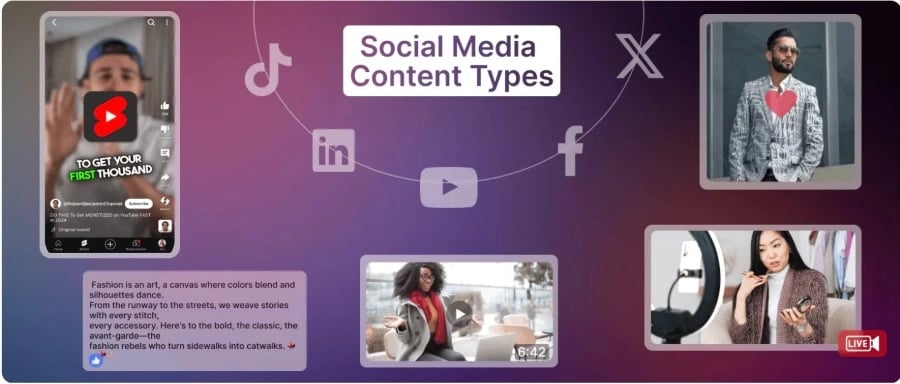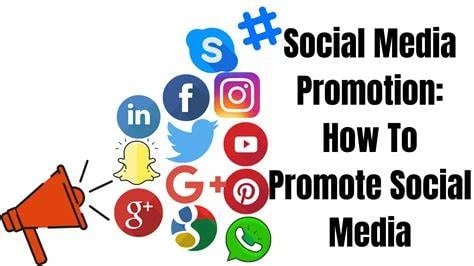
With a structured approach you can write SEO-friendly blog posts that increase traffic and revenue by focusing on intent, keyword research, compelling headlines, scannable formatting, internal linking, fast-loading pages, and strong calls to action; Mister Nguyen Agency guides you through each step so your content ranks, engages readers, and converts consistently.
Crafting Captivating Headlines That Hook Readers

Lead with clarity and specificity: front-load benefits, use numbers or timeframes, and keep titles under ~60 characters so Google won’t truncate them. Aim for 6–12 words that promise a clear outcome—examples like “Increase Email Signups 30% in 7 Days” convert well. Run A/B tests on 3–5 headline variants; agencies such as Mister Nguyen Agency rely on data-driven swaps to lift CTR and engagement.
The Art of Incorporating Keywords Naturally
Place your primary keyword within the first 50–60 characters and again in the first 100 words to signal relevance to search engines and readers. Use semantic variations and long-tail phrases—if targeting “vegan meal plan,” try “7-day vegan meal plan for beginners” in the headline and H2. Avoid stuffing: weave the keyword into a clear promise and supporting detail that reads like a real benefit to your audience.
Engaging Emotional Triggers for Higher Click-Through Rates
Tap curiosity, urgency, novelty, and social proof to nudge clicks—words like “how,” “now,” “little-known,” and “proven” evoke action. Combine emotion with specificity: “How to Slash Hosting Costs Now” outperforms vague alternatives. Test emotional angles against neutral headlines to see what resonates with your audience and refines your tone.
Use concrete trigger templates: curiosity (“You won’t believe how we cut churn 40%”), urgency (“Limited: 24-hour free audit”), novelty (“New study reveals…”), and social proof (“Join 12,000 readers who doubled traffic”). Pair each headline with a matching meta description and measure CTR, bounce rate, and time on page; run 2–4 headline tests per article and prioritize the variant that improves CTR without increasing bounce, a method many content teams use to scale wins.
Structuring Content for Maximum Engagement and Readability

Structure content with a clear hierarchy—title, H2s, H3s, short paragraphs and bullet lists—so you can find answers in 3–7 seconds. Keep sections to 50–70 words, limit sentences to 15–20 words, and use 2–4 bullets per list. In practice, you’ll see higher time-on-page and conversion lifts when this layout pairs with targeted CTAs, a pattern Mister Nguyen Agency applies across top-performing posts.
The Importance of Subheadings and Bullet Points
Descriptive subheadings tell your reader where to look next; craft H3s that promise a benefit and include a keyword. Turn dense ideas into 3–6 bullet points of 6–12 words so users scan and absorb quickly. When you A/B test formats, Mister Nguyen Agency found using clear subheads plus bullets produced a 22% lift in reader retention versus long, uninterrupted paragraphs.
Writing Scannable Content That Keeps Readers Engaged
Lead with the answer or benefit in the first sentence so you hook scanners immediately, then follow with a one-sentence example; use bold selectively and keep sentences under 20 words to maintain forward momentum. Aim for 40–70% of paragraphs under 50 words to match typical scan patterns—about 80% of web users skim rather than read every line.
Design visual islands for your content: an H3, a 1–2 sentence intro, 3 bullets, then a one-line CTA so your eye flows predictably. Choose 16–18px body type and 1.5 line-height for readability—research links larger type to 10–15% better retention—and build a 5-step checklist you follow for every post (headline, H2 map, three takeaways, bullets, CTA) to keep scannability consistent across drafts you publish.
The Power of Internal and External Linking Strategies

Internal links keep your best pages within three clicks of the homepage, improving crawlability and spreading link equity to priority posts; use siloed navigation and breadcrumb trails to funnel authority to cornerstone content. External links to authoritative sources (.gov, .edu, industry reports) validate claims and give readers paths to deeper research, while a consistent internal linking audit prevents orphan pages and lifts session duration.
How Links Enhance User Experience and Authority
Descriptive anchor text helps users predict where a click will land and reduces pogo-sticking; use clear, keyword-rich anchors for cornerstone pages and short-tail anchors for category pages. Cite primary sources and industry studies to back claims—linking to reputable reports increases perceived trust—and open external references in a new tab so readers stay on your site while exploring evidence.
Building a Strong Network Through Strategic Partnerships
Guest posts, co-created resources, and curated roundups turn partnerships into sustainable backlinks; you should target niche sites with Domain Authority 30+ and aligned audiences, offer exclusive data or case studies, and propose win-win formats like webinars or joint whitepapers. Prioritize relationship-building over one-off link swaps to earn contextual, editorial placements that drive referral traffic and conversions.
Start by compiling 40–60 target sites, segmenting by relevance and authority, then personalize outreach with a single-value proposition—share a 500–1,000 word draft or proprietary data point to shorten approval time. Use tools like Ahrefs or Moz to track placements, aim for 2–4 high-quality links per quarter from partners, and convert links into measurable revenue by adding UTM-tagged CTAs and joint webinars that capture leads. Mister Nguyen Agency recommends documenting outreach templates and follow-up cadences to scale reliably.
Optimizing Images and Multimedia for Better SEO Performance

Best Practices for Alt Text and File Naming
You should write concise alt text under 125 characters that describes function and includes one target keyword naturally. Use descriptive hyphenated filenames like blue-widget-pro.jpg and avoid generic names like IMG_1234. Compress images with WebP or JPEG 80% and include dimensions in HTML to prevent layout shift. Add images to your sitemap and serve responsive srcset versions. Mister Nguyen Agency recommends adding contextual captions where relevant to boost click-through from image search.
Leveraging Video Content to Boost Traffic and Retention
Embed short, optimized videos under two minutes to raise engagement; HubSpot reports 54% of consumers want more video content. Host on YouTube for discoverability but also self-host or use a CDN to control load times and add VideoObject schema for rich snippets. Provide transcripts and SRT files for accessibility and keyword signals. Mister Nguyen Agency advises placing a compelling thumbnail and early CTA to improve watch-through and conversions.
You can repurpose long webinars into 60–90 second clips for social and embed them on product pages; Wistia shows videos increase on-page time by about 2x for many sites. Track play rate, average view duration, and drop-off at 10–30 second marks to optimize intros. Add chapter timestamps and JSON-LD VideoObject with thumbnailUrl, duration, and uploadDate to win SERP features. Mister Nguyen Agency achieved a 25% organic traffic lift for a client after this exact workflow.
Monitoring, Analyzing, and Adapting Your Strategy for Growth
Set a review cadence: weekly for engagement signals, monthly for traffic and conversion trends, quarterly for backlink and content audits. You should run A/B tests for 2–4 weeks and use 95% significance to validate changes. Mister Nguyen Agency grew organic leads 28% within three months by prioritizing headline tests, content pruning, and a monthly keyword gap analysis.
Key Metrics to Track for Meaningful Insights
Focus on eight metrics: organic sessions, impressions and average SERP position, click-through rate (CTR), bounce rate, time on page, goal conversion rate (target 2–5% depending on niche), assisted conversions, and backlink velocity. You can set alerts when organic sessions drop >10% month-over-month or when a top keyword slips more than five positions to act quickly.
Tools and Techniques for Continuous Improvement
You should combine GA4 for event-level attribution, Google Search Console for query and CTR data, Ahrefs or Semrush for keyword gaps and backlink audits, and Hotjar for heatmaps and session recordings. Use Optimizely or VWO to run A/B tests with 95% significance and schedule Looker Studio dashboards to automate weekly reporting; Mister Nguyen Agency ties UTM-tagged campaigns to GA4 goals for clear ROI.
You should implement event tracking for form submissions, scroll depth, and video plays, mapping each to micro- or macro-conversions; tag campaigns with UTM parameters and build custom funnels in GA4. Run hypothesis-driven experiments (headline, CTA color, content length) for 4–8 weeks, monitor p-values and required sample size, then roll winners sitewide. Weekly automated Looker Studio reports typically save 3–5 hours and surface trends faster.
Final Words
As a reminder, you should follow the proven framework used by Mister Nguyen Agency: target user intent with thorough keyword research, craft scannable, value-packed content that serves your audience, optimize meta tags and page speed, use internal links and strong CTAs, and track metrics to iterate for consistent traffic and revenue growth.









